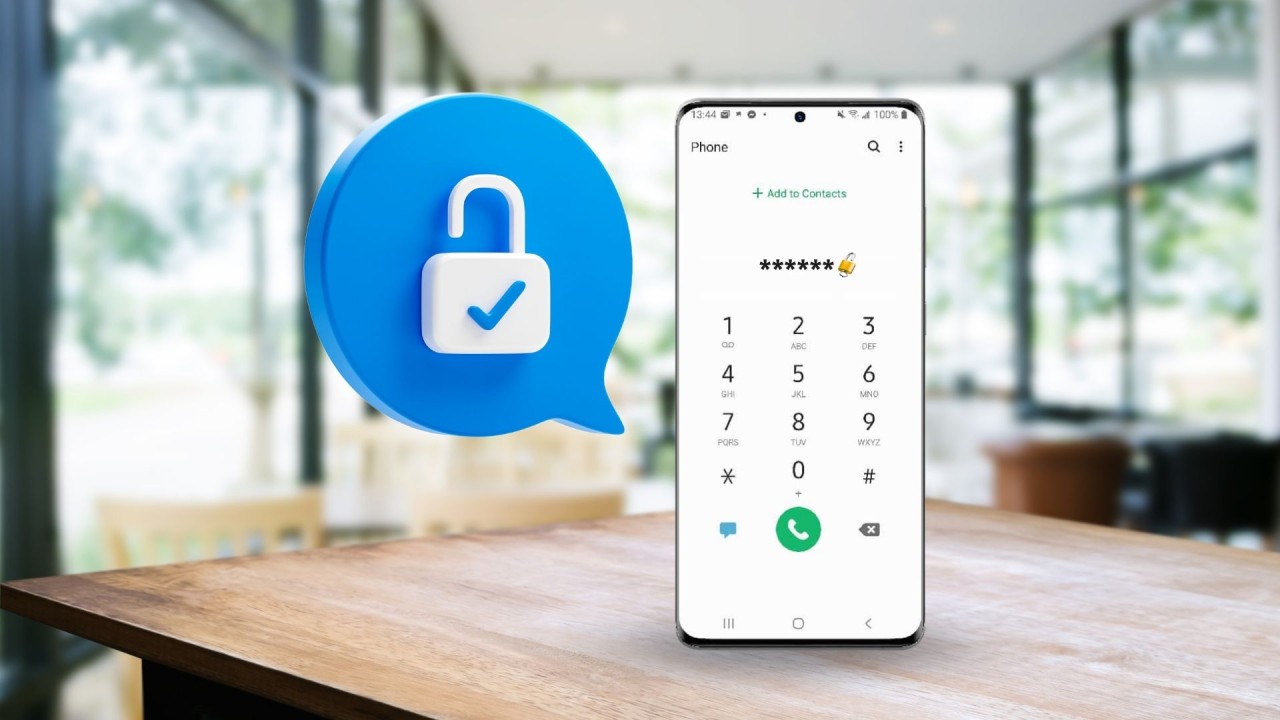In our increasingly digital world, the convergence of technology and security has led to innovative solutions for safeguarding our homes and properties. One such advancement is the ability to control locks directly from your smartphone, offering convenience, flexibility, and enhanced security. Let’s delve into the world of smart locks and explore how they are reshaping the way we protect our spaces.

Understanding Smart Lock Technology
What are Smart Locks?
Smart locks are electronic locks that can be controlled remotely via a smartphone app or other connected devices. Unlike traditional locks, which require physical keys or manual operation, smart locks utilize wireless communication protocols such as Bluetooth, Wi-Fi, or Z-Wave to enable remote locking and unlocking capabilities.
Key Components
A typical smart lock system consists of several key components, including:
- Lock Mechanism: The physical mechanism that secures the door, which may be motorized or retrofit to existing locks.
- Smart Hub or Gateway: A central control unit that connects the smart lock to the internet and allows for remote access and control.
- Mobile App: An application installed on a smartphone or tablet that serves as the primary interface for managing the smart lock and its settings.
Advantages of Smart Locks
Convenience
One of the primary benefits of smart locks is the convenience they offer. With a smartphone app, users can lock or unlock their doors from anywhere with an internet connection, eliminating the need for physical keys or manual operation. This is particularly useful for granting access to guests, service providers, or family members while away from home.
Remote Monitoring
Smart locks also provide enhanced security through remote monitoring capabilities. Users can receive real-time notifications on their smartphones whenever the lock is accessed, providing peace of mind and the ability to monitor who is entering and leaving their property, even when they’re not physically present.
Types of Smart Locks
Wi-Fi-Enabled Smart Locks
Wi-Fi-enabled smart locks connect directly to a home’s Wi-Fi network, allowing for seamless integration with other smart home devices and remote access from anywhere with an internet connection. These locks typically offer advanced features such as voice control, geofencing, and integration with virtual assistants like Amazon Alexa and Google Assistant.
Bluetooth Smart Locks
Bluetooth smart locks communicate directly with a smartphone or tablet via Bluetooth technology, offering localized control within close proximity to the lock. While Bluetooth locks may have limited range compared to Wi-Fi-enabled locks, they are often more energy-efficient and can operate independently of a Wi-Fi network.
Key Considerations
Security Features
When choosing a smart lock, it’s essential to consider the security features and encryption protocols employed to protect against unauthorized access and cyber threats. Look for locks with robust encryption standards, secure authentication methods, and built-in safeguards against hacking and tampering.
Compatibility
Compatibility with existing door hardware and smart home ecosystems is another important factor to consider. Ensure that the smart lock is compatible with your door type (e.g., deadbolt, mortise) and that it integrates seamlessly with other smart devices and platforms in your home, such as smart lights, security cameras, and alarm systems.
Installation and Setup
DIY Installation
Many smart locks are designed for easy do-it-yourself (DIY) installation, requiring minimal tools and technical expertise. Most models come with step-by-step instructions and video tutorials to guide users through the installation process, making it accessible to homeowners and renters alike.
Mobile App Setup
Once installed, setting up the smart lock’s mobile app is typically straightforward. Users can download the app from the App Store or Google Play Store, create an account, and follow the prompts to connect the lock to their smartphone and configure settings such as user access permissions, notifications, and automation routines.
Future Trends in Smart Lock Technology
Biometric Authentication
Biometric authentication, such as fingerprint recognition and facial recognition, is poised to become increasingly prevalent in smart lock technology, offering an additional layer of security and convenience for users. Biometric authentication methods are more secure than traditional PIN codes or keys and provide a seamless and intuitive user experience.
Integration with Smart Home Systems
As smart home ecosystems continue to expand, smart locks will become more integrated with other connected devices and platforms. This integration will enable advanced automation and customization capabilities, such as automatically unlocking the door when a user arrives home, integrating with security cameras for enhanced surveillance, and syncing with smart lighting systems for added convenience and security.
Conclusion: Embracing the Future of Home Security
In conclusion, the ability to control locks directly from your smartphone represents a significant advancement in home security technology. Smart locks offer unparalleled convenience, flexibility, and peace of mind, allowing users to manage access to their homes remotely and monitor activity in real-time. With continued innovation and adoption, smart locks are poised to become an essential component of modern homes, providing seamless integration with smart home systems and delivering enhanced security and convenience for homeowners and renters alike.